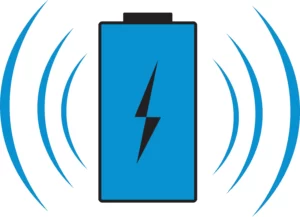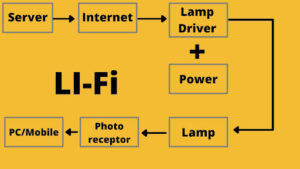How does a Mobile Phone work?
Mobile phones are a big part of our lives, but have you
ever wondered how they work? There are four generations of mobile
communications: 1G, 2G, 3G, and 4G. Let’s learn about the technology behind
mobile communication.
When you speak into your phone, the microphone captures
your voice and converts it into a digital signal using a MEMS sensor and IC.
This digital signal is then turned into zeros and ones, which are transmitted
as an electromagnetic wave through the antenna inside your phone. However,
electromagnetic waves can be blocked by buildings, trees, and other obstacles,
so mobile towers were invented to help solve this problem.
Mobile towers are placed in a geographical area in a
hexagonal shape, and each shape has its own tower and frequency slot. These
towers are connected physically with an optical fibre cable that is laid under
the earth or the ocean to provide national or international connectivity.
When your phone sends a signal to a tower, the tower
converts the signal into a high-frequency light wave, which is then transferred
for further processing. The signal is then transmitted to the destination
tower, where it is converted back into an electromagnetic wave and received by
the receiver’s phone. The receiver’s phone then converts the signal back into
voice, allowing them to hear what the sender is saying.
To ensure the signal is sent to the right destination,
there is a “Mobile Switching Centre” or MSC, which is the central
point of groups of mobile phone towers. The MSC helps direct the signal to the
right destination.
In summary, mobile phones work by converting your voice
into a digital signal, which is then transmitted as an electromagnetic wave
through the antenna in your phone. Mobile towers help ensure the signal reaches
its destination by converting the signal into a light wave, which is then
transmitted to the destination tower. Finally, the Mobile Switching Centre
helps direct the signal to the right destination.
This process allows us to communicate with people across
the world. However, it’s important to note that while mobile communication is
often thought of as wireless, there is actually a physical wire connecting the
towers.
As technology continues to advance, we can expect to see
even faster and more efficient mobile communication in the future. For example,
5G technology promises to provide even faster download and upload speeds, lower
latency, and increased connectivity.
In conclusion, mobile phones have become an integral
part of our lives, and understanding how they work can help us appreciate the
technology behind them. From the microphone in your phone to the mobile towers
and Mobile Switching Centres, there are many components involved in mobile
communication that allow us to connect with other people no matter where we are
in the world.






